If you are injured in a slip and fall accident, you should be aware that one of the common defenses of the property owner is the “Open and Obvious” doctrine. This defense argues that the defendant should be shielded from liability because the dangerous condition which caused you to slip and fall was reasonably obvious.
No Duty to Warn if the Danger is Obvious
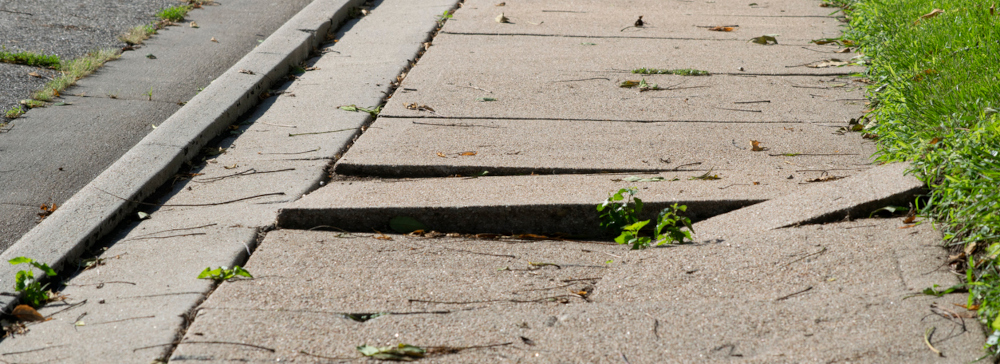
According to California law, there is not a duty to warn of an obviously unsafe condition. In building evidence to support your slip and fall case, your personal injury attorney may discuss the Judicial Council of California Civil Jury Instructions for the “Open and Obvious” doctrine, which says the following: “If an unsafe condition of the property is so obvious that a person could reasonably be expected to observe it, then the [owner/lessor/occupier/one who controls the property] does not have to warn others about the dangerous condition.”
“Foreseeability of harm is typically absent when a dangerous condition is open and obvious. ‘Generally, if a danger is so obvious that a person could reasonably be expected to see it, the condition itself serves as a warning, and the landowner is under no further duty to remedy or warn of the condition.’ In that situation, owners and possessors of land are entitled to assume others will ‘perceive the obvious’ and take action to avoid the dangerous condition.” (Jacobs, supra, 14 Cal.App.5th at p. 447, internal citations omitted.)
Whether a dangerous condition is deemed to be “open and obvious” is determined based on the “reasonable person” standard.
The Property Owner Still May Have a Duty to Remedy the Danger
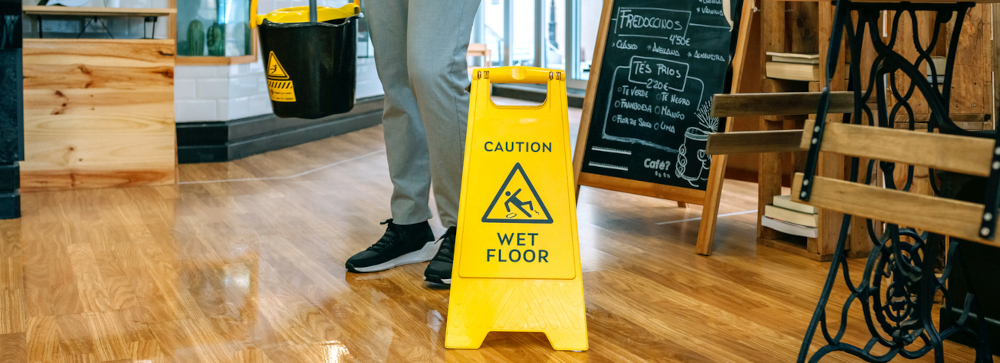
The next part of the jury instructions addresses when a duty to take remedial action may exist. There may be a legal duty for property owners to take steps to mitigate the risk of injury from an obviously unsafe condition, even if there is no legal duty to warn.
The following paragraph of the uniform jury instruction says the following: “However, the [owner/lessor/occupier/one who controls the property] still must use reasonable care to protect against the risk of harm if it is foreseeable that the condition may cause injury to someone who because of necessity encounters the condition.”
“[T]here may be situations in which an obvious hazard, for which no warning is necessary, nonetheless gives rise to a duty on a landowner’s part to remedy the hazard because knowledge of the hazard is inadequate to prevent injury.’ This is so when, for example, the practical necessity of encountering the danger, when weighed against the apparent risk involved, is such that, under the circumstances, a person might choose to encounter the danger.” (Johnson v. The Raytheon Co., Inc. (2019) 33 Cal.App.5th 617, 632 [245 Cal.Rptr.3d 282], internal citation omitted.)
Was It Foreseeable and Reasonable?
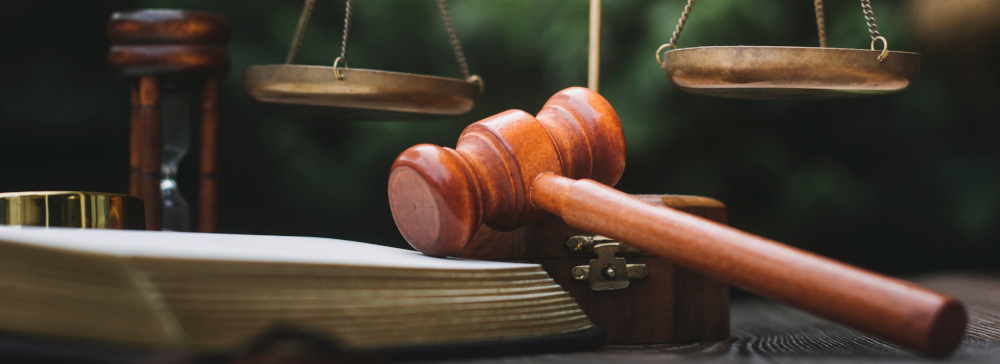
One crucial issue in these cases is often whether or not it was foreseeable and reasonable for a slip and fall victim to encounter the risk, regardless of the dangers associated with it. If it was not foreseeable and reasonable for the victim to do so, then the defendant’s case is strengthened due to the “Open and Obvious” doctrine. One example of this could be if there were two adjacent staircases in a building that lead to the same place, and one staircase was experiencing flooding due to a pipe that had burst, but the other staircase was unaffected. If a patron decided to walk up the flooded staircase despite the obviously slippery conditions when there was an adjacent staircase that was much safer and slipped and fell as a result, this would not be foreseeable or reasonable.
On the other hand, if it was foreseeable and reasonable for the victim to encounter the risk anyway, then the plaintiff’s case is strengthened. One example of this would be if a severely injured person entered an Emergency Room lobby that was experiencing flooding, and the only way that person could get treated was to walk through the flooded area. In this case, it would be foreseeable that the plaintiff would reasonably decide to encounter the dangerous condition and potentially slip and fall as a result.
Strategies for Overcoming the Open and Obvious Doctrine
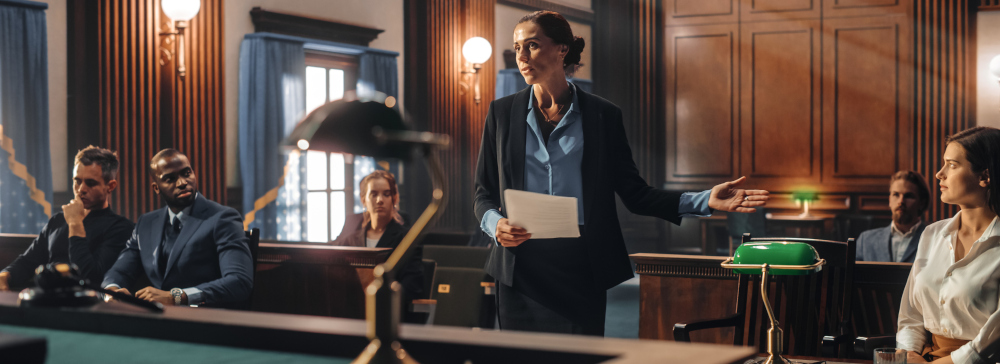
The open and obvious doctrine is intended to protect potential defendants from personal injury liability when the danger that caused the injury is ignored or unnoticed. While this doctrine can be an obstacle in certain premises liability cases, an experienced attorney will use the following strategies to win your case:
Claim the Danger Was Not Open and Obvious
The primary strategy for overcoming this is to claim that the danger that caused the accident was neither open nor obvious. You’ll have to prove to a jury that the danger was not eminently noticeable.
During deposition, the opposing counsel may ask you hypothetical questions about how you would have behaved had you noticed the hazard. However, your attorney may counter this argument by pointing out that you are only required to do what is reasonable and that the hypothetical has no bearing on the actual case.
Claim the Defendant Still Breached Their Duty of Care
Even if the danger that caused your injury was open and obvious, the defendant still has a duty of care. If the landowner identifies hazardous conditions, they must take reasonable steps to prevent harm. Your attorney may argue that the defendant was aware of the danger and did not take the necessary steps to protect visitors.
Claim the Defendant is Still Liable Under the Comparative Negligence Doctrine
California utilizes the comparative negligence doctrine. This means that you and the defendant will be assigned a percentage of guilt based on how much each party’s actions contributed to the accident. If you contributed less than half of the fault of the incident, you are eligible to receive compensation.
Your attorney may claim that–even though you were partially at fault for the accident–the defendant’s actions were the primary contributor to your injuries, and you are therefore owed compensation. Contact us at Salamati Law for a free case evaluation if this has happened to you.
Your Attorney Matters
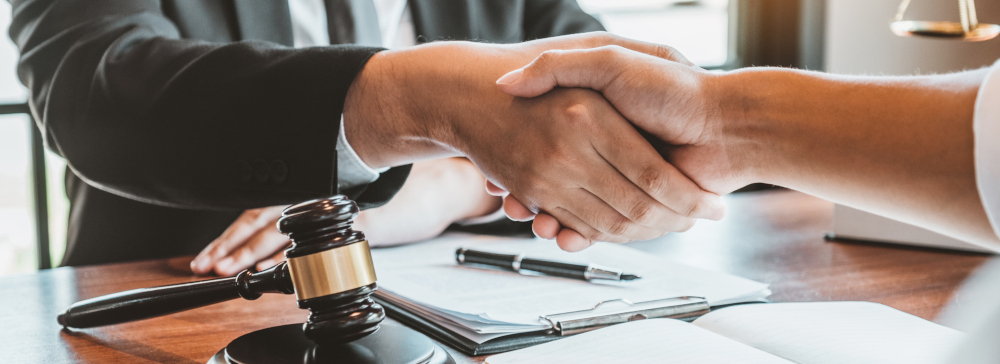
Having a skilled and experienced Los Angeles slip and fall lawyer on your side to help you combat the “Open and Obvious” doctrine defense is vital. Our attorneys at Salamati Law understand the nuances of this doctrine of premises liability law and how to present a slip and fall victim’s case in the best light possible. We are fully committed to seeing your case through to a successful outcome. Contact us today to schedule a free consultation. You will not pay us anything unless you win.